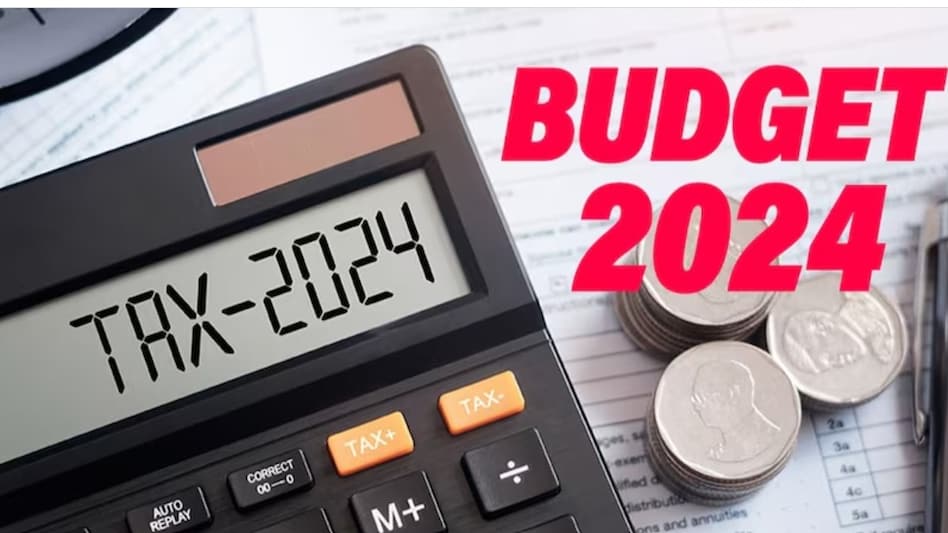
 Despite the absence of inflation adjustments for over a decade, many taxpayers find their liabilities lower in the old regime due to numerous deductions.
Despite the absence of inflation adjustments for over a decade, many taxpayers find their liabilities lower in the old regime due to numerous deductions. Despite the absence of inflation adjustments for over a decade, many taxpayers find their liabilities lower in the old regime due to numerous deductions.
Despite the absence of inflation adjustments for over a decade, many taxpayers find their liabilities lower in the old regime due to numerous deductions.BankBazaar has proposed a new income tax slab that would bring a significant change. Under this proposal, the 30% slab in the old regime would move up to ₹18 lakh if it was simply adjusted for inflation during this period.
This is a substantial increase from the current tax (old) regime, where the tax slab for higher income is Rs 10 lakh since 2013.
The tax structure, at present, is as follows: Income from Rs 2.5 lakh to Rs 5 lakh is taxed at 5%, income from Rs 5 lakh to Rs 10 lakh at 20%, and any income exceeding Rs 10 lakh is taxed at 30%. BankBazaar's proposal would provide substantial tax relief to many middle-class taxpayers.
The BankBazaar Primer for Budget 24 highlights that compared to the 2012-13 benchmarks, the 20% and 30% slabs must be updated for the old regime. Based on the Cost Inflation Index, the values for 2012-13 and 2024-25 are 200 and 363, respectively, indicating an 81.5% rise in the index. Recent years of persistent inflation have significantly increased the index. Therefore, it’s imperative that the old slab rates be suitably adjusted without further delay.
The primer covers data on income erosion, ‘real’ taxation rates in the absence of inflation adjustment, excess taxes paid at various income levels, and the enhanced slabs for the old regime.
Income Tax Slab Proposal by BankBazaar
The old regime provided taxpayers with numerous deductions, including rent, loan payments, insurance premiums, and tax-saving investments such as provident funds, tuition fees, and medical expenses. These deductions are sizeable and reduce the tax liabilities for many, who prefer them to the new regime, which offers fewer deductions. In the absence of inflation adjustments to the old slab rates, which have been frozen since 2013, taxpayers continue to pay inflated tax rates while living costs soar.

Enhancement Required in Particular Sections

The Issue with Frozen Tax Slabs
The new tax regime charges no income tax on a taxable income of Rs 7 lakh or less. However, taxpayers above that income level prefer the old regime, where the tax slabs have been frozen since 2013-14. Despite the absence of inflation adjustments for over a decade, many taxpayers find their liabilities lower in the old regime due to numerous deductions. However, in an inflationary period, taxpayers are stretched and need relief through higher tax slabs and greater deductions.
Excess Taxes Being Paid
Assuming that income tax brackets are not inflation-adjusted and using 2012-13 inflation numbers as the base value, it is evident that excess taxes are being paid. In the old regime, income above Rs 5 lakh attracts excess taxes. In the new regime, excess taxes apply to incomes above Rs 15 lakh. For instance, for an income of Rs 10 lakh, excess taxes paid in the old regime amount to Rs 43,226, or Rs 3,602 per month. At an income of Rs 20 lakh, excess taxes paid are Rs 1.84 lakh in the old regime and Rs 67,978 in the new regime.